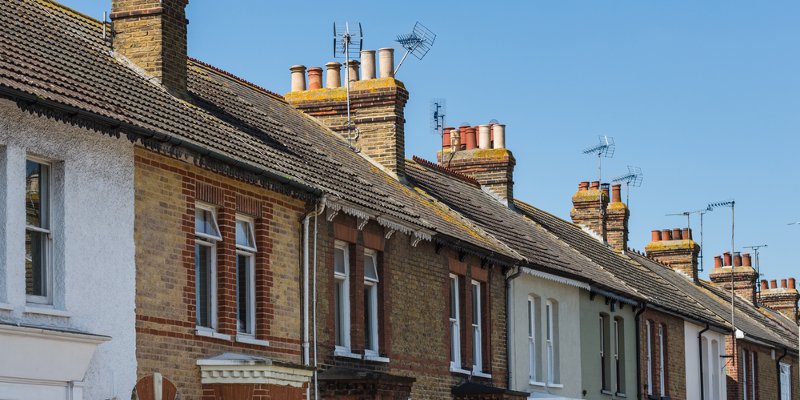Northern Ireland was the strongest performing region while London was once again the weakest with house prices down 1% year-on-year, The Nationwide House Price Index found.

Northern Ireland was the strongest performing region while London was once again the weakest with house prices down 1% year-on-year, The Nationwide House Price Index found.
Northern Irelandsawacceleration in growth in the first quarter, with annual price growth accelerating from 2.0% to 7.9%.
London continued to experience modest annual price declines, with average house prices down 1% compared with a year ago.
Annual house price growth remained subdued in March with annual house price growth steady at 2.1%.
Robert Gardner, Nationwide's chief economist, said: “UK house price growth remained broadly stable in March at 2.1%, little changed from the 2.2% recorded the previous month. House prices fell by 0.2% over the month, after taking account of seasonal factors.
“On the surface, the relatively subdued pace of house price growth appears at odds with recent healthy rates of employment growth, a modest pick-up in wage growth and historically low borrowing costs.
“However, consumer confidence has remained subdued, due to the ongoing squeeze on household finances as wage growth continues to lag behind increases in the cost of living.
“Looking ahead, much will depend on how broader economic conditions evolve, especially in the labour market, but also with respect to interest rates. Subdued economic activity and the ongoing squeeze on household budgets is likely to continue to exert a modest drag on housing market activity and house price growth this year.
“But historically low unemployment and mortgage interest rates together with the lack of properties on the market is likely to provide some support for house prices. Overall, we expect house prices to be broadly flat, with a marginal gain of around 1% over the course of 2018.”
Wales saw a pick-up in annual house price growth, from 3.3%in the year to Q4 2017to 6.1%in Q1 2018. But conditions remained more subdued in Scotland, where prices were essentially unchanged compared with a year ago.
The West Midlands, the top performing region in 2017, had the strongest price growth amongst the English regions, with prices up 4.9% year-on-year.
Average house prices in England increased by 0.9% in the first quarter of 2018 and were up 1.9% year-on-year.
Home ownership rates have declined across all English regions over the past decade. While the decline has been fairly uniform across regions, the biggest reduction has been in London, where the home ownership rate has fallen from 57% to 47%.
Jeff Knight, director of marketing at Foundation Home Loans, said: “The first quarter has been typically sluggish – typically a period when buyers and sellers contemplate their next move.
“While there is talk of a cooling London market and narrowing north-south price divide, let’s look at the bigger picture: prices are holding and, particularly for those first-time buyers, affordability remains an issue. Even with those benefiting from stamp duty cuts and low mortgage rates, the lack of supply remains the nagging problem.”
“It’s imperative more is done to support not only those seeking a first or second home but also those seeking rented accommodation to tide them over.
“Minimal choice, poor standards and unaffordable prices risk many feeling alienated in the market and in time will impinge future activity.”
Jeremy Leaf, north London estate agent and a former RICS residential chairman, said:“This is another example of what we have seen in other surveys and on the ground - of higher and still rising prices in northern areas in contrast with London and the south east.
“Prices in the latter are turning negative as buyers and sellers come to terms with new market realities.
“Fewer forced sellers and less dependency on mortgages means that the level of price falls is staying low. This pattern began in early 2015 in response to higher stamp duty, tax changes, affordability and Brexit uncertainty, despite lower interest rates and unemployment.
“There is a long way to go but if this price drift downwards continues, the north/south divide will continue to narrow, although there is no sign of any larger market correction at present.”



